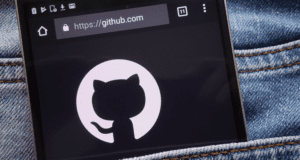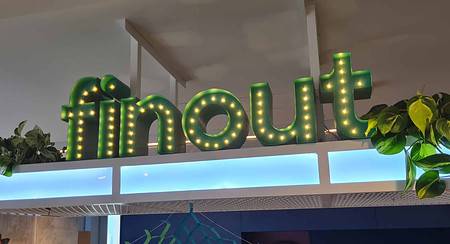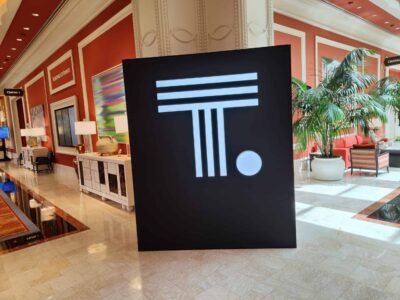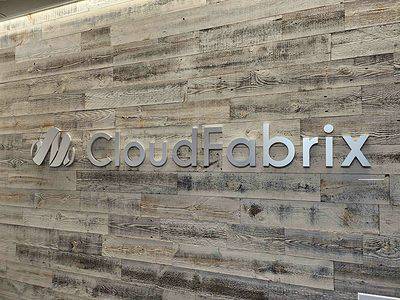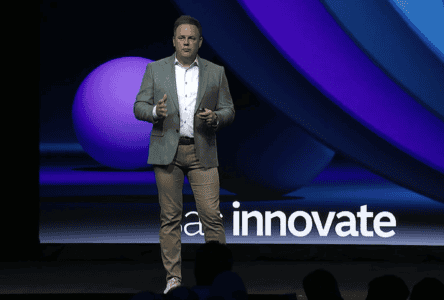Security company LogRythm has launched a cloud version of its NextGen SIEM platform. It’s LogRythm Cloud, which collects and analyzes billions of security events and threat indicators every week, enabling Security Operations Centers (SOC) to detect and neutralize advanced threats.
LogRythm Cloud users benefit from end-to-end platform architectures, patented machine-based analytics, and built-in security orchestration, automation, and response (SOAR) functionalities. The NextGen SIEM platform was previously available as an on premise version of the SaaS solution.
LogRythm Cloud
“We developed LogRhythm Cloud to provide customers with all the capabilities of the NextGen SIEM platform to detect and respond quickly to advanced threats,” said Chris Petersen, co-founder and Chief Product and Technology Officer at LogRhythm.
According to the company, users have the ability to improve mean time to detect (MTTD) and mean time to respond (MTTR) with a low total cost of ownership (TCO), because installation, management and maintenance of LogRythm Cloud take less time.
With the new solution, the company offers its SOAR capabilities as an integral set within its product line. These SOAR capabilities include incident response playbooks, case management, integrated threat intelligence feeds and workflow automation. All these features are made available in the company’s cloud solution.
SOAR approach
Rob Pronk, Regional Director Northern Europe at LogRhythm, argued on this website in March that the SOAR approach can also have advantages for network security. “The possibilities offered by SOAR are undoubtedly the next step in the security of companies,” said Pronk at the time.
According to Pronk, SOAR provides security teams with customizable workflows and controls to streamline and accelerate the investigation and neutralization of qualified cyber threats. In addition, it is possible to automate many everyday tasks, and analysts can respond and act within one platform. The aim is to increase efficiency and effectiveness.
This news article was automatically translated from Dutch to give Techzine.eu a head start. All news articles after September 1, 2019 are written in native English and NOT translated. All our background stories are written in native English as well. For more information read our launch article.

